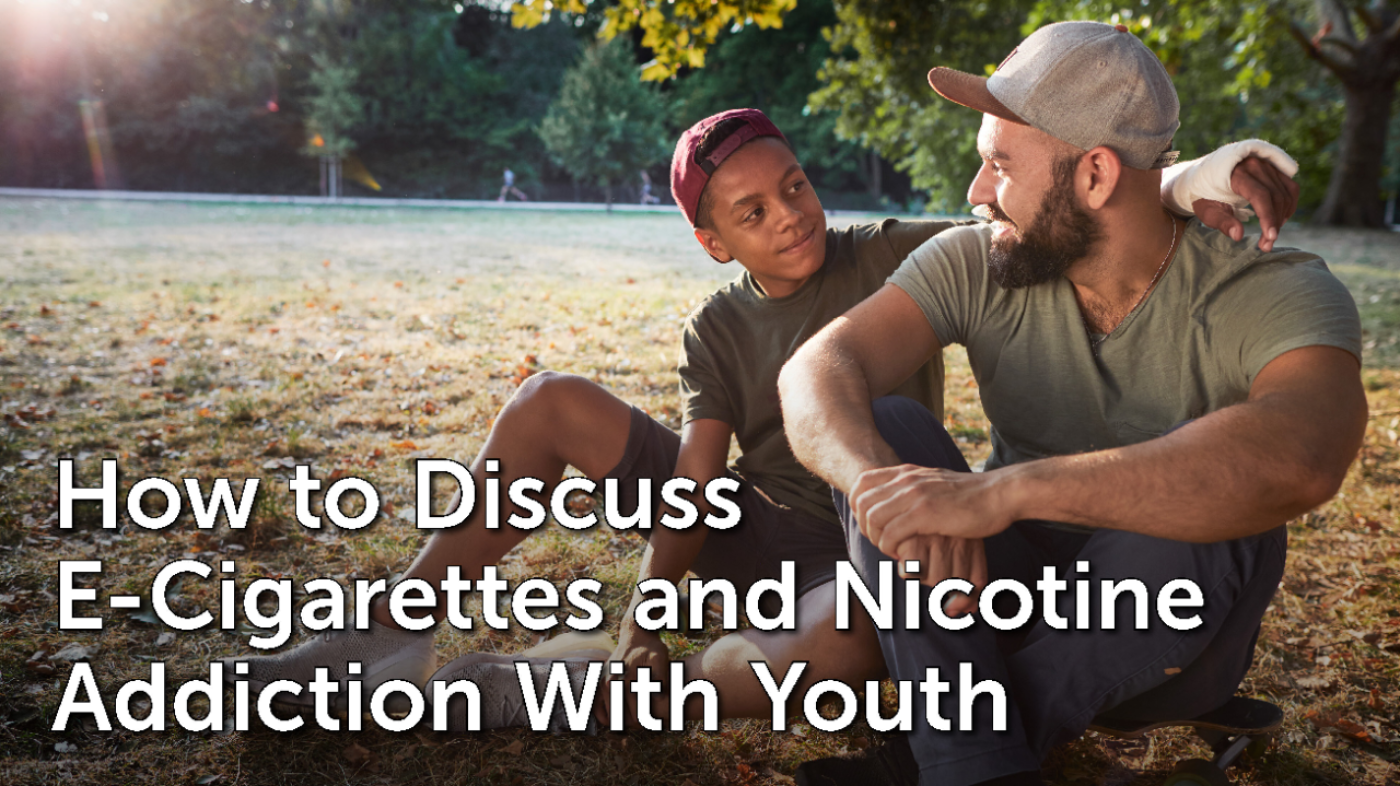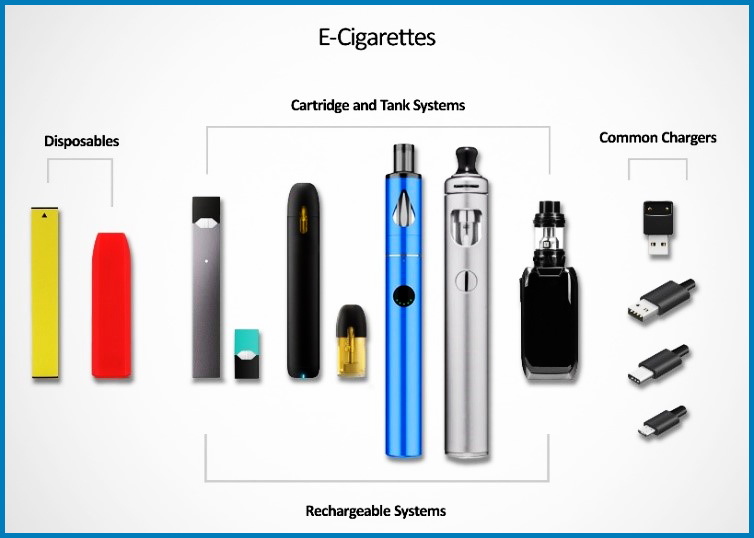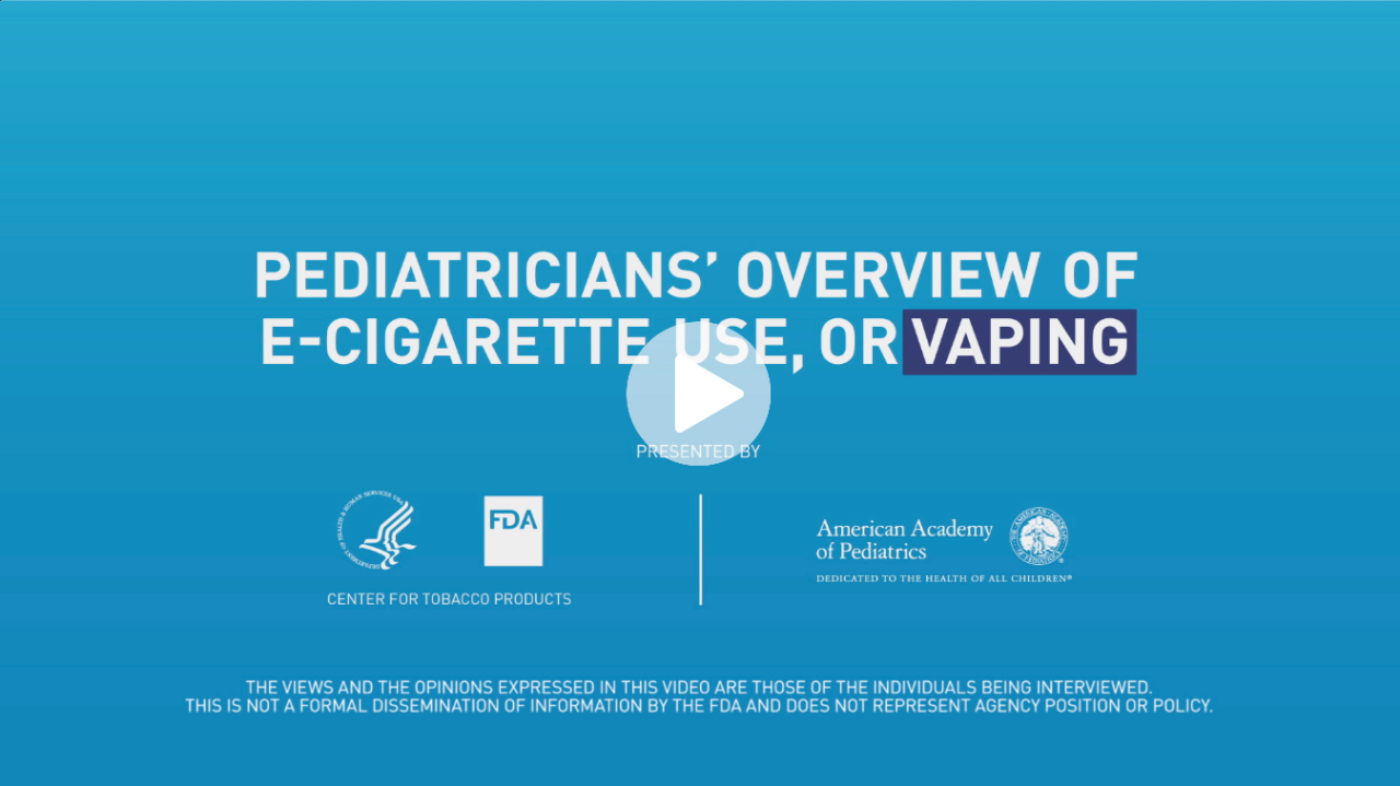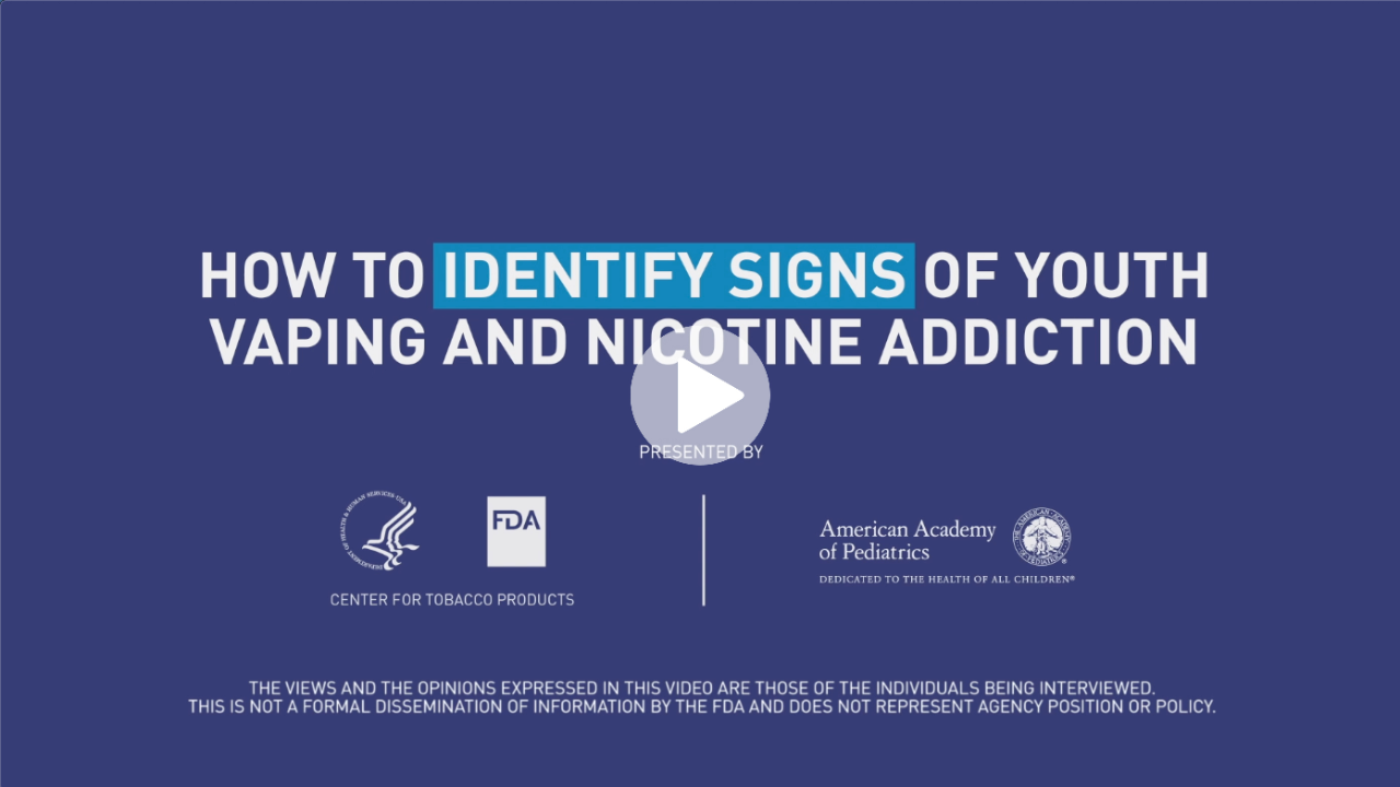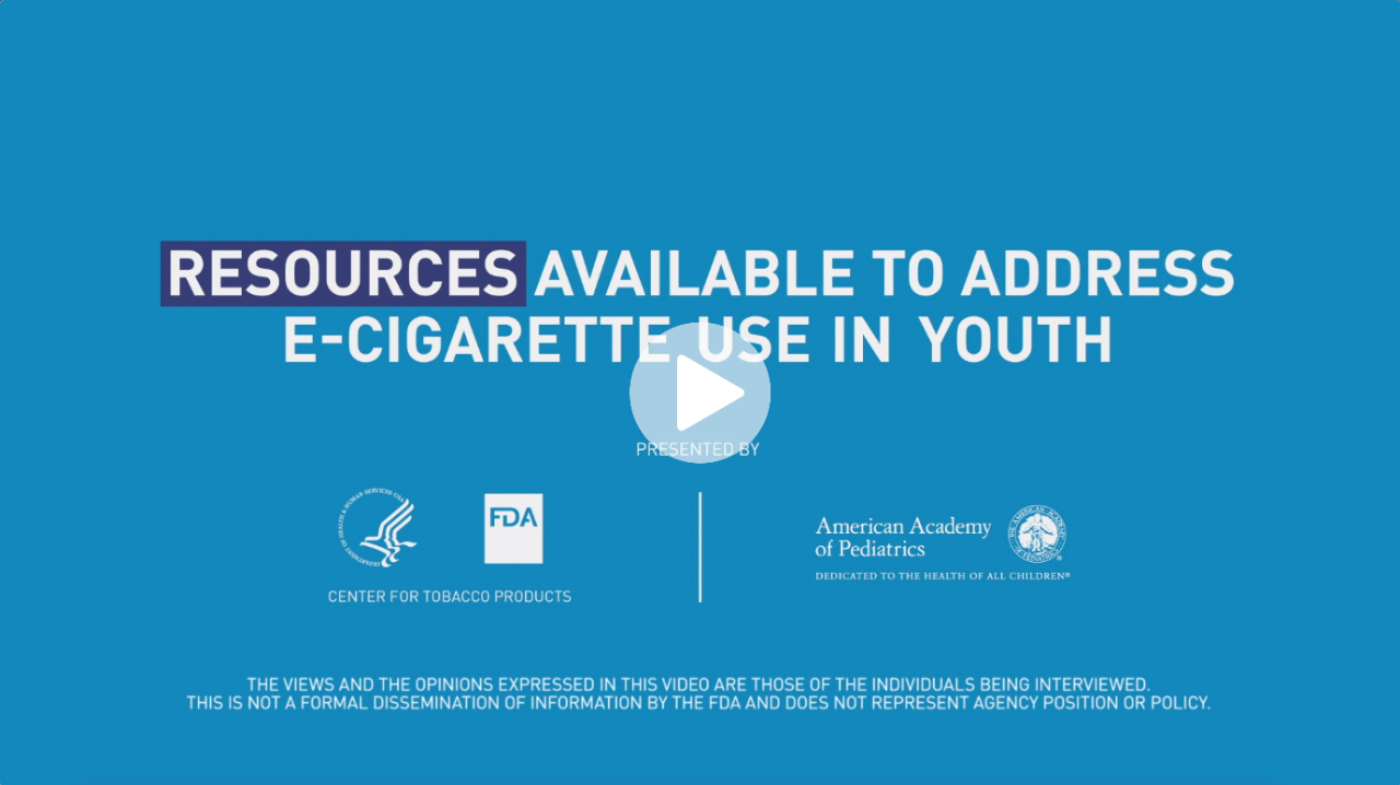Key Takeaways
Educate yourself about e-cigarettes before discussing them with a teen and learn helpful ways to approach the conversation.
Recognize the warning signs of nicotine addiction in youth and find e-cigarette quit resources tailored to teens.
Learn about the resources pediatricians recommend to help youth quit vaping, and how parents and educators can approach these conversations.
According to the 2020 National Youth Tobacco Survey, more than 3.6 million teens used e-cigarettes in the last 30 days, and nearly a quarter of high-school aged users report daily use. Given those concerning numbers, many teens may find themselves on the path to nicotine addiction. This article is geared toward parents, though educators and other influential adults can also use these resources to make a profound difference by talking to a teen about addiction. Educators can also share this article directly with parents. Read on to learn how to identify symptoms of nicotine addiction in youth and what you can do to help them.
Read Up Before You Bring It Up
Educate yourself about e-cigarettes before discussing them with your teen. The first thing to know is that an e-cigarette is a battery-powered device that heats an “e-liquid”—usually containing nicotine—to create an aerosol that the user inhales into their lungs. The e-liquid can also contain varying compositions of flavorings and other chemical additives, such as propylene glycol and vegetable glycerin. Kids know these products by a variety of names—vapes, vaporizers, vape pens—or by popular brand names—Juul, Puff Bar, Vuse, Blu, Suorin, and NJOY. E-cigarettes come in a variety of shapes and sizes, and some may look like USB flash drives or pens, which can make them easy for teens to hide or conceal. Although this article is focused on e-cigarettes containing nicotine, you should also be aware that vape devices can be used to deliver marijuana or liquids containing THC.
